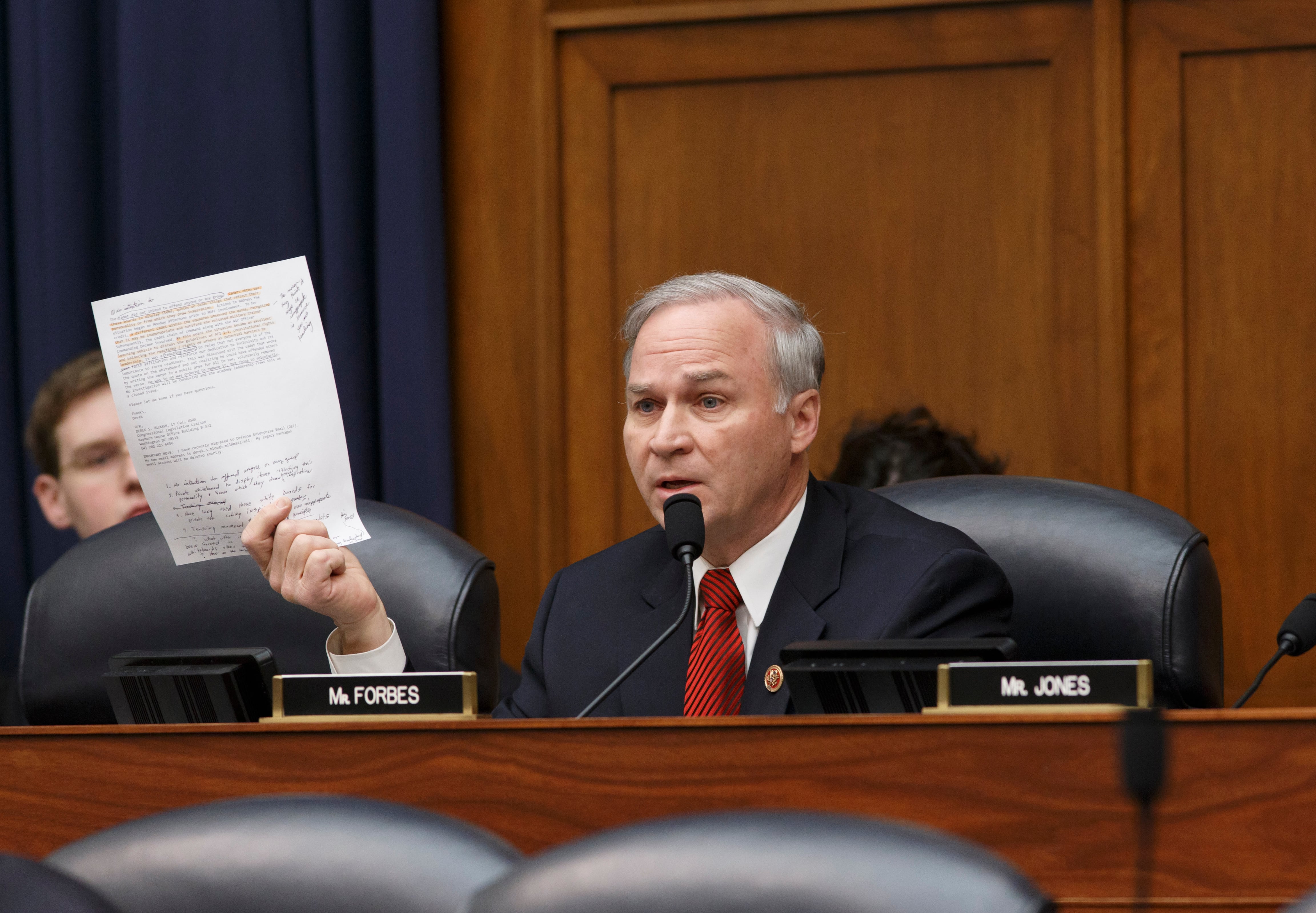Over the past five years, the United States military has been under tremendous fiscal pressure. Since 2011, when the Budget Control Act capped defense spending and created the threat of sequestration, the armed forces have seen their budgets cut significantly. While the world has grown more dangerous, each service has been driven to sacrifice elements of force structure on the altar of austerity. For the U.S. Navy, the sacrificial victims have been cruisers and amphibious ships. Thus far, Congress has been able to save these vital vessels from the chopping block, but action by Congress will be needed once again in 2016 to keep them in service and prevent the further degradation of our Navy.
As even proponents of cutting cruisers and amphibious ships will concede, both types of ships are critical components of the Navy's fleet. Cruisers are the closest things to battleships still in U.S. service, large surface combatants packing long-range radars and an arsenal of guided missiles. While capable of carrying out a wide variety of missions, cruisers' primary mission is to defend our carrier strike groups and allies like Israel and Japan from air and missile attacks. Amphibious ships, on the other hand, serve as transports and floating bases for U.S. Marines so that they can remain in-position and ready to intervene in times of crisis.
Despite the important roles these ships play, however, the administration plans to take almost a dozen of them out of service. Under what the Navy is euphemistically calling a "phased modernization" plan, half the Navy's cruisers and an amphibious ship would be tied up to piers and put into an inactive status. Combat systems and electronics would be removed from the ships and kept in warehouses ashore. Hatches would be sealed, tanks would be drained, and giant dehumidifiers placed throughout the ship to control rust. The ships' personnel would be spread throughout the rest of the fleet, with only a skeleton crew kept aboard.
The ships would be kept in this sad state for up to 12 years before eventually being repaired, modernized, and returned to the fleet in the 2020s. Although unmanned and unequipped, these mothballed ships would still be counted by the administration toward the size of the fleet, despite the fact that it would take 12 to 24 months to get them ready for deployment. According to the Navy, taking these ships out of service now would allow them to serve into the 2040s, but the primary motivation for inactivating the ships appears to avoiding the cost of manning and operating these ships.
This is not the first time the administration has proposed taking these ships out of service. In both 2012 and 2013, the administration proposed to permanently decommission 9 cruisers and amphibs with over a decade of service life left in each of them. Each time, however, Congress overrode the administration's proposal, secured additional funding for the ships, and kept them in service. Shifting gears, the administration first proposed a "phased modernization" plan in 2014, but Congress mandated that the Navy instead follow a "2-4-6" plan, under which only two ships can be taken out of service each year, no ship can be out of service for longer than four years, and no more than six total ships may be out of service at any one time. This compromise, which remains the law of the land, allows the Navy to achieve some savings while mitigating the shortfall in ships and reducing the risk that they will never actually be brought back out of mothballs. Two years later, the administration is now proposing to revert to "phased modernization" and lay up all 11 cruisers and one amphibious ship at the same time.
This convoluted history reveals several things. The administration's vacillation on whether to decommission or inactivate the ships shows that the various proposals have been driven by budget considerations, not strategy or operational analysis. It also shows that this administration cannot be trusted to adhere to any plan, raising the risk that once these ships are inactivated, plans will change and they will never brought back into service. Fortunately, the events of the last few years also demonstrate that Congress is both willing and able to pay for elements of Navy force structure that this administration would rather do away with.

Rep. J. Randy Forbes, R-Va, says the administration's phased modernization plan for cruisers is "ill-advised."
Photo Credit: J. Scott Applewhite/AP
The "phased modernization" plan remains an ill-advised one that Congress should continue to oppose. Both cruisers and amphibious ships are badly needed by our combatant commanders at present, and demand for these assets will only grow as air and missile threats proliferate and the Marines return to the sea. Rather than cutting force structure, Congress should be holding the line and keeping our existing ships in service, so that in cooperation with the next administration we can begin the important work of rebuilding our Navy and growing our fleet to the size we need.
Rep. J. Randy Forbes, R-Va., chairs the House Armed Services Seapower and Projection Forces Subcommittee.





